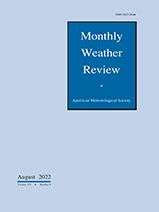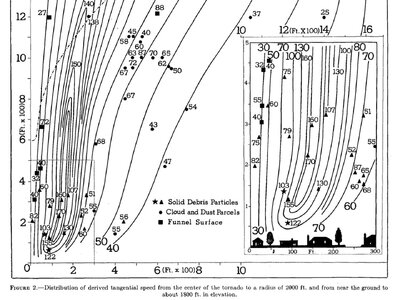Introduced by Mike Smith in another thread, this recent publication presents an analysis of wind speeds in tornadoes estimated by mobile Doppler radar versus the assigned wind speeds using the EF scale. There is a discrepancy in the two!

 journals.ametsoc.org
journals.ametsoc.org
This paper follows up previous papers by Karen Kosiba and Josh Wurman that also show discrepancies between radar-sampled wind speeds and damage-estimated wind speeds:
Wurman et al. (2021), PNAS: https://www.pnas.org/doi/full/10.1073/pnas.2021535118
Kosiba and Wurman (2023), Nature: The strongest winds in tornadoes are very near the ground - Communications Earth & Environment

Comparison of Tornado Damage Characteristics to Low-Altitude WSR-88D Radar Observations and Implications for Tornado Intensity Estimation
Abstract Given the obvious difficulties in directly sampling tornadic wind fields, ongoing work continues to improve estimates of near-ground wind speeds in tornadoes. This study builds upon a recently proposed empirical relationship between radar-observed velocities in the lowest 150 m above...
This paper follows up previous papers by Karen Kosiba and Josh Wurman that also show discrepancies between radar-sampled wind speeds and damage-estimated wind speeds:
Wurman et al. (2021), PNAS: https://www.pnas.org/doi/full/10.1073/pnas.2021535118
Kosiba and Wurman (2023), Nature: The strongest winds in tornadoes are very near the ground - Communications Earth & Environment

